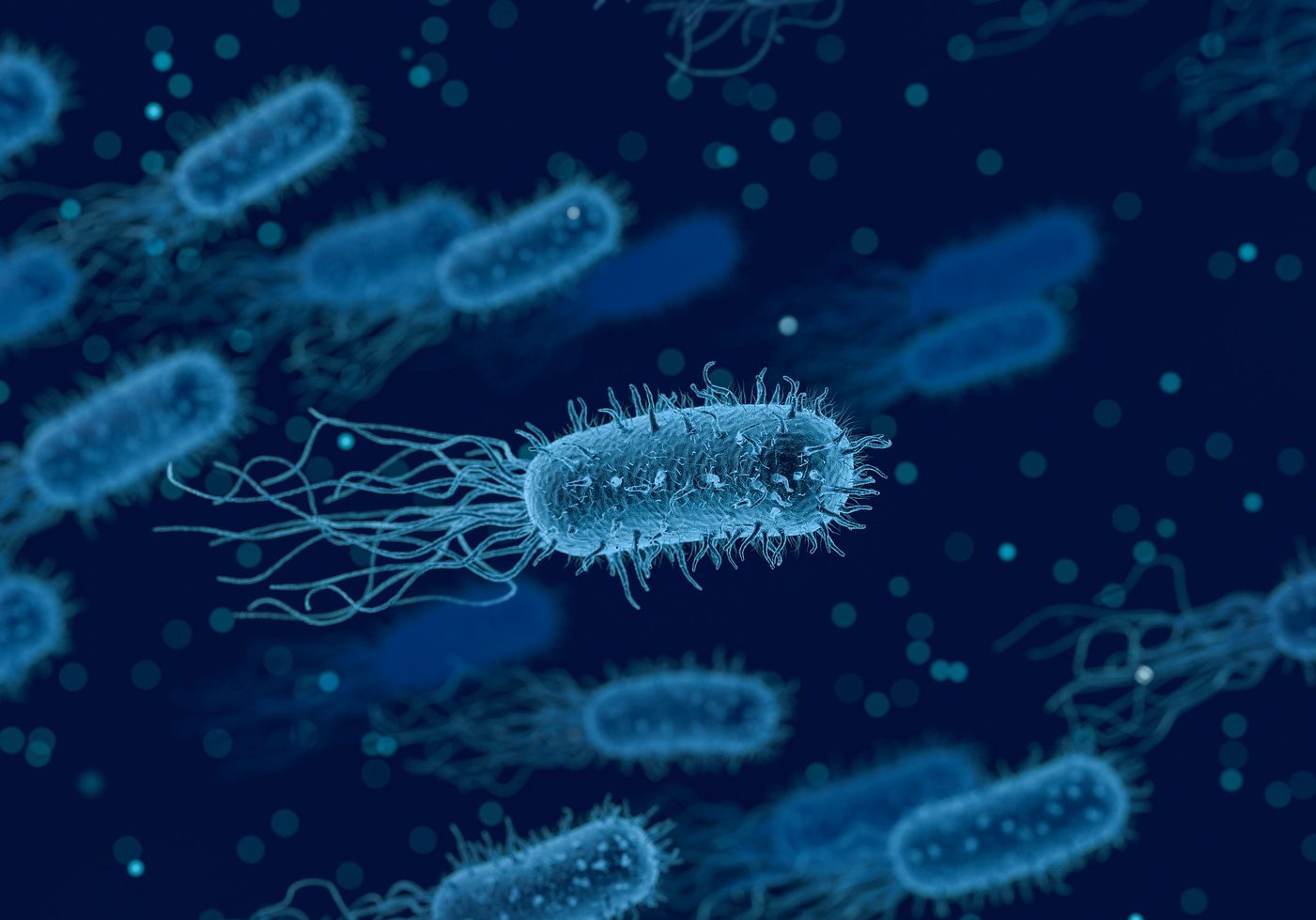Tissues of the musculoskeletal system like tendons and joints were previously considered to be completely sterile in the healthy state and in non-communicable disease, having no contact with microbes. This conclusion seems to be a typ-II error, a false negative as a result of previous methods of microbial detection relying too heavily on in-vitro microbial cultures, failing to control for the fact that microbes can enter a dormant state, which makes them harder to cultivate by conventional means. Newer, more refined methods now also looks for indirect signs of microbial presence in the form of nucleic acids and other microbe-related molecules, and has proven that musculoskeletal tissues are in very frequent contact with microorganisms, and that their role in previously considered non-infectious disease has been greatly under-appreciated. All microorganisms are not immunologically equivalent to the body, and colonisation of musculoskeletal tissues have been shown to occur in the absence of pathology and there is the possibility that there exists a normal, healthy “microbiome” not only in places like the gut and the respiratory tract, but also in tissues that are not directly exposed to the external environment, which some studies are starting to show. However, some microorganisms pose a serious threat to host physiology, and are met with a strong defensive response. Inflammation. Microbes don’t need to be physically close to the target tissue to stimulate the inflammatory response, and molecular signals called pathogen-associated molecular patterns (PAMPs) coming from microorganisms residing on the outside of the body can have profound effects on musculoskeletal tissues via the humoral and neural system.
Supporting Evidence
- The blood harbours a dormant microbiome, probably originating chiefly from the gut.1)https://www.ncbi.nlm.nih.gov/pmc/articles/PMC6519389/2)https://www.ncbi.nlm.nih.gov/pubmed/25940667
- Bacterial and fungal signatures found in synovial fluid of both healthy and rheumatic joints.3)https://journals.plos.org/plosone/article?id=10.1371/journal.pone.0225110
- Traces of bacterial DNA in RA and OA synovial tissue.4)https://www.ncbi.nlm.nih.gov/pmc/articles/PMC6155189/
- Bacterial biofilm detected in herniated intervertebral discs.5)https://www.ncbi.nlm.nih.gov/pmc/articles/PMC5378350/
- Skin-bacteria found in DDD, correlating with inflammation and degeneration.6)https://www.ncbi.nlm.nih.gov/pubmed/29086028
- Bacteria has also been detected in the discs and paraspinal muscle tissue from patients without DDD.7)https://www.thespinejournalonline.com/article/S1529-9430(20)30106-6/fulltext?dgcid=raven_jbs_aip_email
- Signs of bacterial presence found in ruptured achilles-tendons.8)https://www.ncbi.nlm.nih.gov/pubmed/28355086
- CD14, a co-receptor for detection of PAMPS is highly expressed in TP.9)https://www.ncbi.nlm.nih.gov/pubmed/29118051
- Direct and indirect evidence of bacterial presence in AS-plaques.10)https://www.sciencedirect.com/science/article/abs/pii/S030698770600794811)https://www.ncbi.nlm.nih.gov/pubmed/2864679212)https://www.ncbi.nlm.nih.gov/pmc/articles/PMC4024159/
- Injection of CFA into muscle causes increased pain-sensitivity.13)https://www.ncbi.nlm.nih.gov/pubmed/17928159
- Mounting evidence of a relationship between MPS and the gut microbiome.14)https://www.ncbi.nlm.nih.gov/pmc/articles/PMC7083062/15)https://www.clinexprheumatol.org/abstract.asp?a=15278
References
